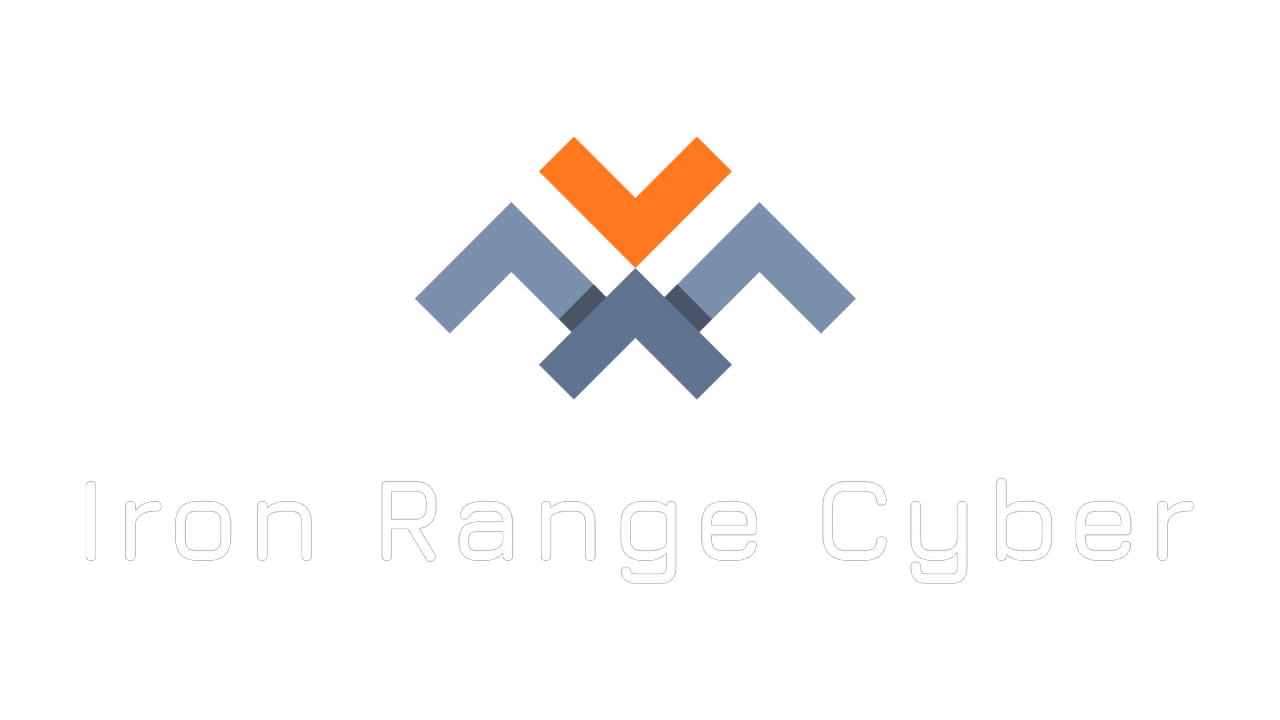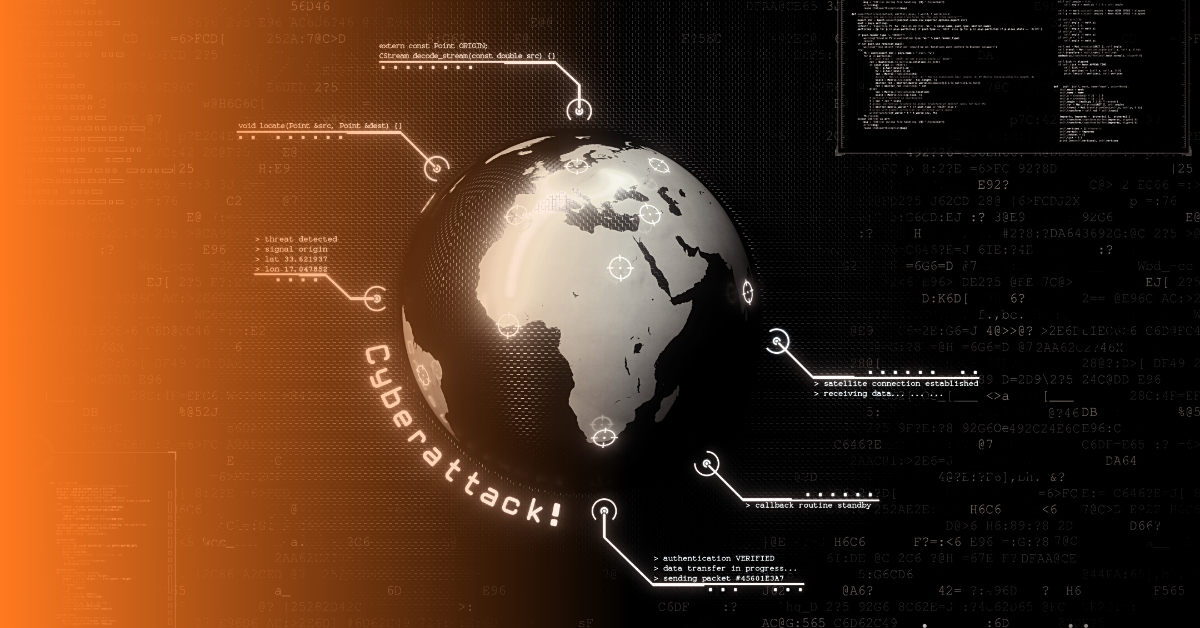The current company cybersecurity landscape has altered considerably in the last five to 10 years. Business executives are focused on preventing their firms from becoming one of the businesses targeted by hackers as cyber threats get more sophisticated every day. In 2021, the worldwide cost of cybercrime is expected to reach an all-time high of… Continue reading How To Find The Best MSSP For Your Business
How To Find The Best MSSP For Your Business









